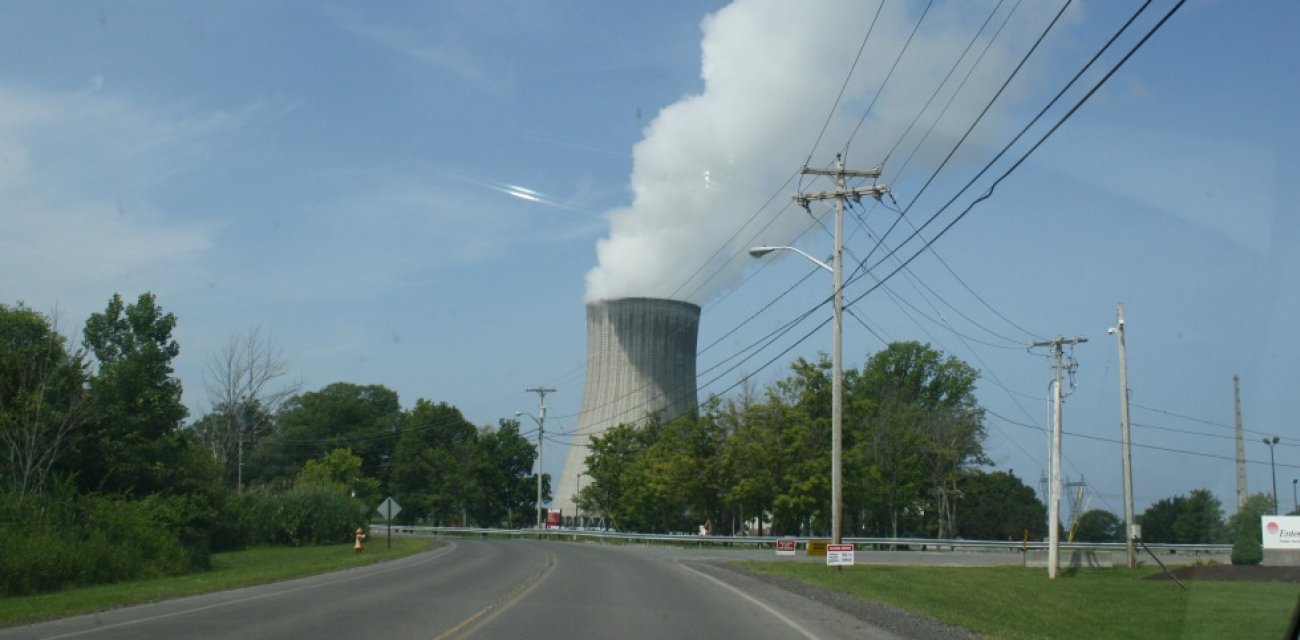Various Assembly standing committees met earlier this month to discuss the Zero-Emissions Credit (ZEC) program established by the Public Service Commission through New York's Clean Energy Standard (CES). The Clean Energy Standard establishes the goal of obtaining 50% of the state's electricity from renewable sources by 2030. The purpose is to significantly lower CO2 emissions in New York and to do that an incentive has been offered to nuclear generators.
The members of the various committees seemed to be concerned about the cost to keep upstate nuclear facilities open, particularly the geographic cost; and the use of nuclear power which some deemed antiquated and unsafe.
Those that testified were emotional in their opposition to the program but didn't have a good handle on the facts. Let's set the record straight. This policy was initiated to offer zero emission credits, to keep nuclear facilities open for an additional 12 years. This is a "bridge" to achieving the goals set in the CES. It was clear that no one seemed to have an answer to the big question; if we shut down all the nuclear power plants tomorrow how can we obtain clean zero emission power at affordable costs. The answer is that you can't. It would be likely that New York would have to import coal power from our bordering states that have significantly lower emission standards and this would be more costly. The loss of upstate nuclear facilities would result in a substantially higher rate of carbon emission. Upstate nuclear power plants prevent substantial emissions of CO2, SO2, and NOX compared to that from out of state generators. The average annual CO2 emissions would be almost 16 million tons higher if we stop operating upstate nuclear plants.
In addition, the price of alternative fuel sources will cost the average rate payer double, $1.7 Billion annually (upstate or downstate). Nuclear facilities account for 24,800 in-state full time jobs (direct and secondary) and are responsible for $144 million in annual state tax revenues, $60 million in annual state and local property taxes, and $3.16 billion to state Gross Domestic Product.
Dean Murphy of The Brattle Group, who has published multiple studies on the benefits that all New York consumers will see due to the ZEC program, noted the following in testimony before the New York Legislature on March 6, 2017: "Each dollar spent on ZECs saves $2.80 in electricity costs." Meaning the electricity cost increase that would occur if the upstate plants were shut down would be 2.8 times as big as the ZEC's cost.
Click here to read more on UCOMM Blog.

